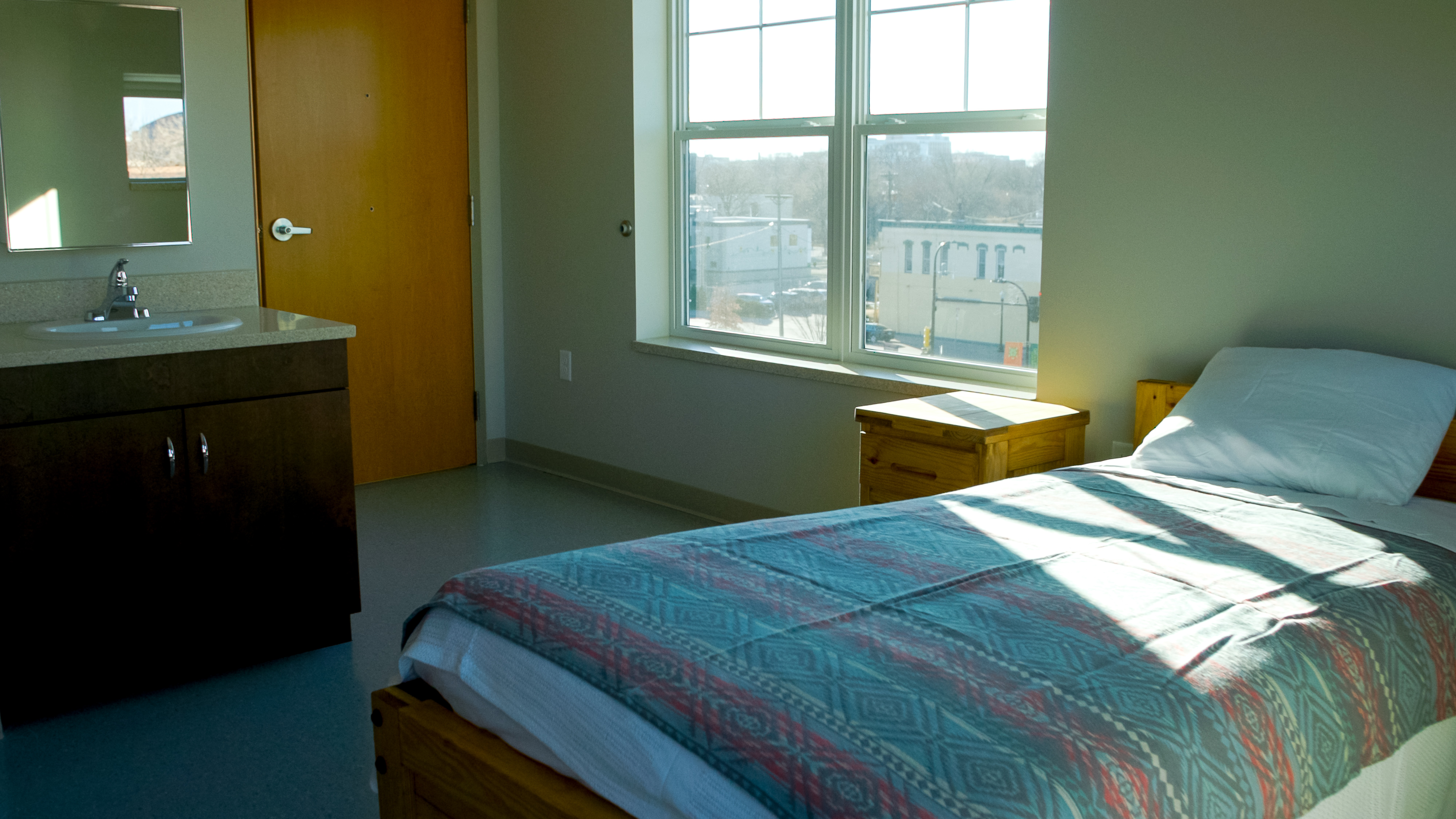
Contact
-
Rental Assistance Team Member
Bridges Program
Minnesota Housing has been authorized to operate rental assistance programs for people with mental illness. The Bridges and Bridges Regional Treatment Center (RTC) programs provide temporary rental assistance, security deposits, and access to housing supports and supportive services in accordance with Minnesota Statutes Section 462A.2097.
For the Bridges and Bridges RTC programs, the funded housing agencies will establish a rental housing assistance program for low-income people with mental illness. Rental assistance may be in the form of direct rental subsidies, security deposits, damage claims, vacancy payments, application fees, financial assurance/risk mitigation program fees, and utility connection fees for housing. The rental subsidy is temporary and is intended to bridge the housing gap between exiting institutions, segregated settings, supervised release, and homelessness, to a permanent affordable housing option.
Bridges operates as a partnership between the housing agency and a local mental health entity (LMH), behavioral health service agency/agencies, and partners providing housing stabilization services that provide connections to housing supports and mental health services to participants. Each housing agency administering Bridges must enter into a cooperative agreement with an LMH entity and identify partnerships with a behavioral health service agency/agencies to coordinate the implementation of the program. Bridges supports the State of Minnesota’s goals under the Olmstead Implementation Plan, The Plan to Prevent and End Homelessness and the Minnesota Comprehensive Adult Mental Health Act.
Bridges and Bridges RTC Rental Assistance Program Guide - 2024-2025 Contract Term
Bridges and Bridges RTC Rental Assistance Program Guide - 2026-2027 Contract Term
Eligibility Criteria for Participants
Housing agencies will work with eligible participants and must give priority to the following populations, with highest priority given to people in category 1. The following priorities must also be identified in the housing agency’s waiting list management and tenant selection plan:
- People living in an institution, segregated setting, or under correctional supervision who will be homeless upon exit.
- People experiencing homelessness who are assessed as high priority homeless (HPH) through the coordinated entry (CE) system. Including households of individuals, families with children, or youth (age 18+).
- People who are experiencing homelessness or at imminent risk of homelessness.
List of Current Grant Administrators
Bridges RTC
Under the Bridges RTC program, a household must be an eligible Bridges participant and an eligible Bridges RTC participant.
Verification that a person is at Anoka Metro Regional Treatment Center (AMRTC), St. Peter Regional Treatment Center, or was prior to entering intensive residential treatment services (IRTS), is required for Bridges RTC. Verification may come from the referral source, which is usually the IRTS, RTC, county, or a Tribal Nation. People who are eligible but not identified while at AMRTC may have that evidence confirmed after the fact by the facility. Identified participants may transition to IRTS or other treatment prior to community housing and retain their eligibility for Bridges RTC. The time frame that they are diverted to other facilities does not affect the participant’s eligibility; they remain eligible if the individual has a legal commitment court document that has been verified and noted in the file.
Request for Proposals Application Information
Minnesota Housing, in partnership with the Minnesota Department of Human Services, recently accepted applications for the Bridges and Bridges Regional Treatment Center (RTC) Rental Assistance Programs Request for Proposals (RFP). The application is currently closed.
Funding awards will be announced after a future board meeting and selected applicants will be notified. Due diligence requirements will be posted as it comes available.
Administration Information
Administration information is for grantees that are currently receiving program funding and need to comply with current grants.
Bridges and Bridges RTC RFP Selection Framework and Final Scores
Annual Meeting
Minnesota Housing, in coordination with the Department of Human Services, hosted an annual Bridges Program meeting in May 2024. Meeting recording (1:32:47) | Presentation Slides
